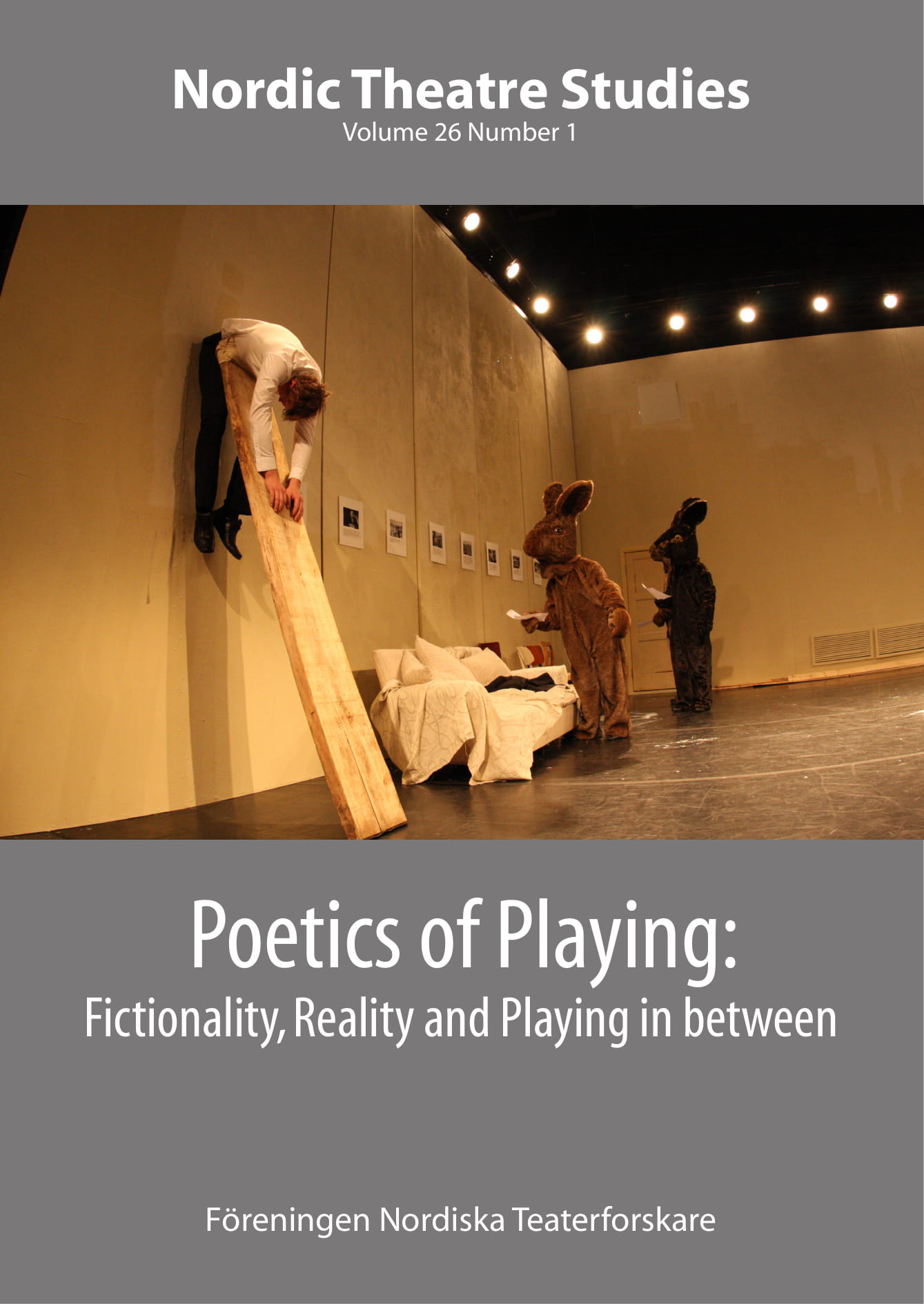The Digital Enchantment of Drottningholm
DOI:
https://doi.org/10.7146/nts.v26i1.109745Keywords:
18th Century Playing Culture, Drottningholm Court Theatre, Interactive Tourism, Concepts of Historical PeriodsAbstract
How can we relate to a historical playing culture? In this essay, a counter-factual visit to the
palaces and parks of Drottningholm outside Stockholm is presented. By means of digital
technologies, this World Heritage Site could be animated with historical figures from the
eighteenth century, thus giving a living picture of past playing. Even though such an encounter
with the past is fully possible from a technical point of view, the realization of this project
poses a number of practical and theoretical questions: How can the picture of
eighteenth-century court life be broadened to include social perspectives of class, gender and
ethnicity? What artistic decisions have to be taken to visualize the activities around the park
and in the palace? What forms of interactions provided by the technology are suitable for
various groups of visitors? Some answers to these questions are hinted at in this essay, but the
general question of a poetics of playing remains in the abyss between the historical period and
the contemporary access to it. Neither Friedrich von Schiller's treatise on the aesthetic
education of man nor Emanuel Kant's rational view of judgment bridge the gap of historical
distance. Could Hans-Georg Gadamer's idea of the melting of historical horizons ever become
a reality in the experiences of future visitors? Eventually, this project might only provide some
pleasures of a poetry of playing.
Downloads
Published
How to Cite
Issue
Section
License
The copyright belongs to the authors and Nordic Theatre Studies. Users can use, reuse and build upon the material published in the journal but only for non-commercial purposes. Users are allowed to link to the files, download the files, distribute the files on a local network (preferably by links), upload the files to local repositories if their institutions require them to do so, but not republish the files without proper agreements with the journal and the author.

